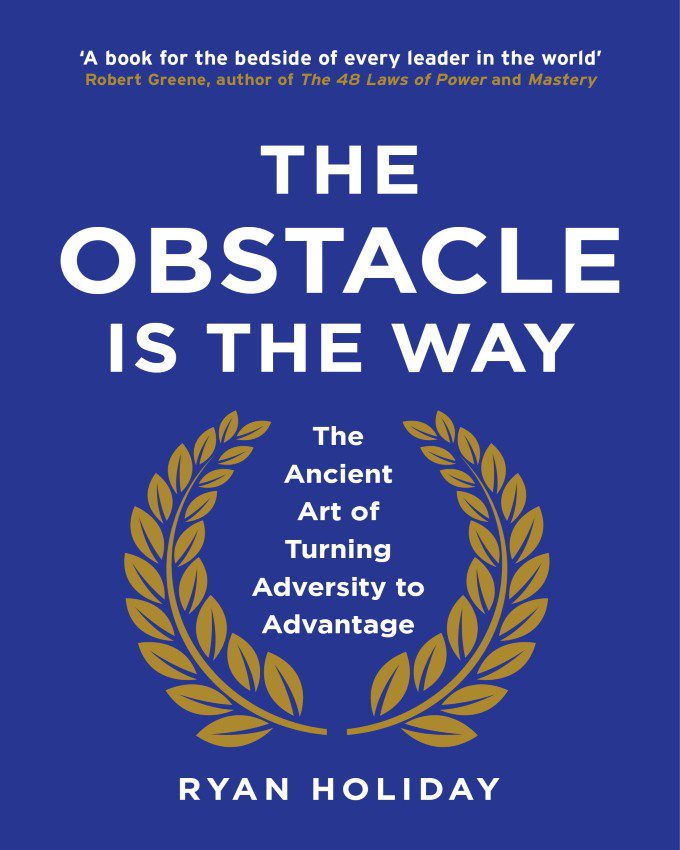

Buy the Book The Obstacle Is the Way Summary Preface Author Ryan Holiday uses examples from some of the most successful people in history to illustrate different lessons. By focusing on what you control, obstacles then become opportunities to thrive. Deploying them is just a matter of discipline, practice, and habit.In this summary of The Obstacle Is the Way, you’ll learn concepts from stoicism, the Greek philosophy of enduring pain so that you can live a better life. You already possess the qualities necessary to perceive the opportunity in any obstacle: logic, objectivity, reason, cool-headedness. Stay in the present moment don’t spiral into regrets about the past or worries about the future.Remain objective don’t get caught up in subjective emotions or projections.Focus on what you can control ignore what you can’t.If you’re faced with a major obstacle, something that’s truly daunting or intimidating or frightening, try to: So how can we be a bit more like Rockefeller? Well, here are three tips. These characteristics constituted the foundation on which he built his empire. Rockefeller was wise, resilient, adaptable, and completely calm amid the chaos. And when he did make investments, he was able to remain confident and see things through, even as others sold their shares out of fear. He didn’t invest because the market told him to, or because everyone else was doing it. The secret to his success was an investment strategy driven by level-headed logic – not reactive emotions. By the time he was 40, Rockefeller alone controlled 90 percent of oil refineries in the United States. The other way gives you power.Īnd we all know what kind of power Rockefeller accrued. One way of perceiving it deprives you of power. Is a financial crisis a terrifying disaster, something to run from? Or is it a learning opportunity, something to observe? It’s up to you. Perception is all about the meaning you impose on events. In other words, he leveraged the power of perception. Rather than losing his nerve, he decided to treat this economic cataclysm as an opportunity to learn, to observe, to figure out what he might do right in the future by watching what people were doing wrong in the present. He could have panicked, scrambled to switch careers. They were afraid, panicked, perceiving what was happening as a horrible disaster. All around Rockefeller, people began abandoning careers in finance.

Two years later, the Panic of 1857 struck, sending America spiraling into a crippling financial crisis – the greatest market depression in history. He was just starting out as a bookkeeper, with aspirations to become an investor. In 1855, Rockefeller was sixteen years old. Rockefeller, the famous oil baron, learned the art of perception in the crucible of crisis.


 0 kommentar(er)
0 kommentar(er)
